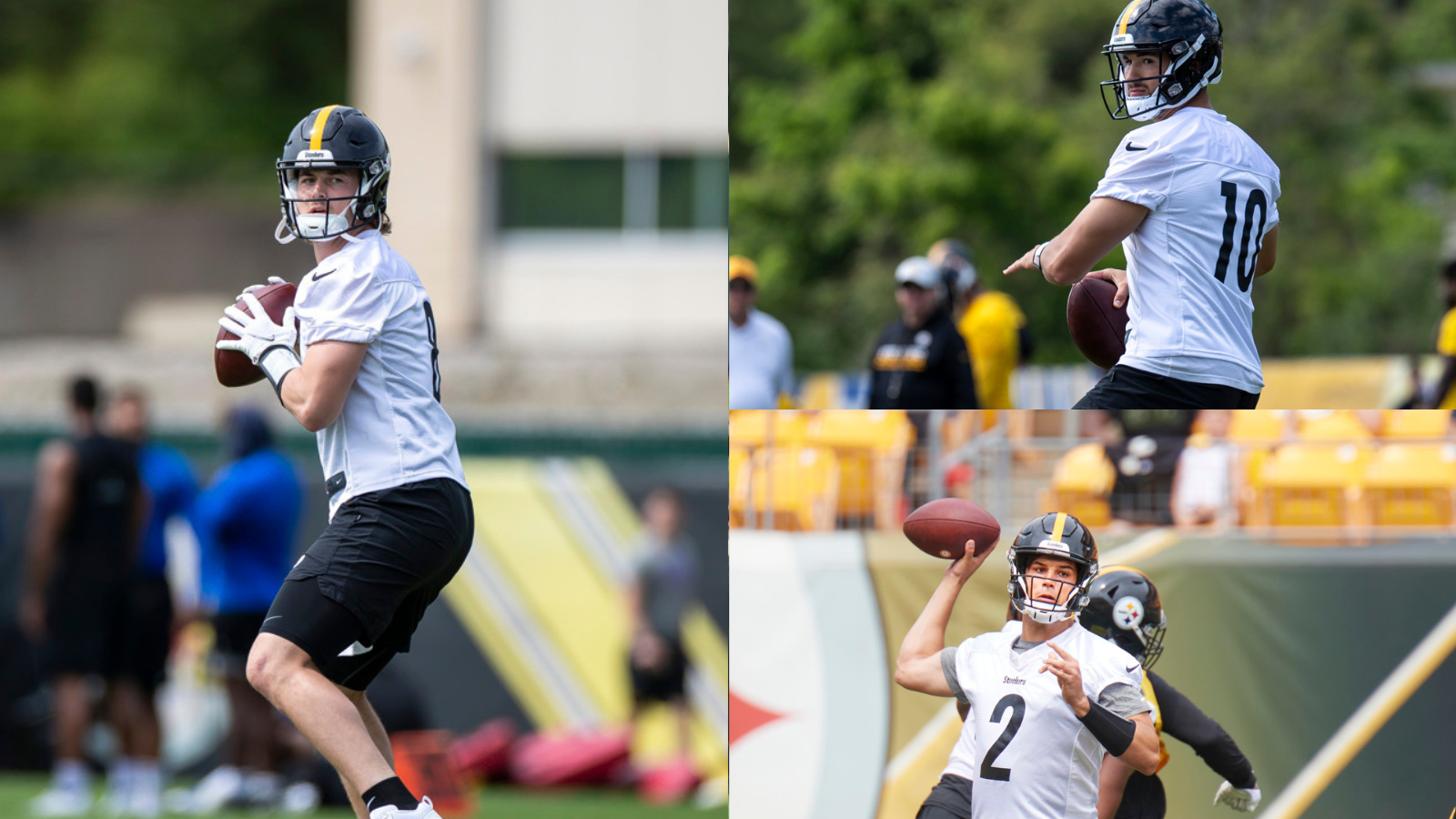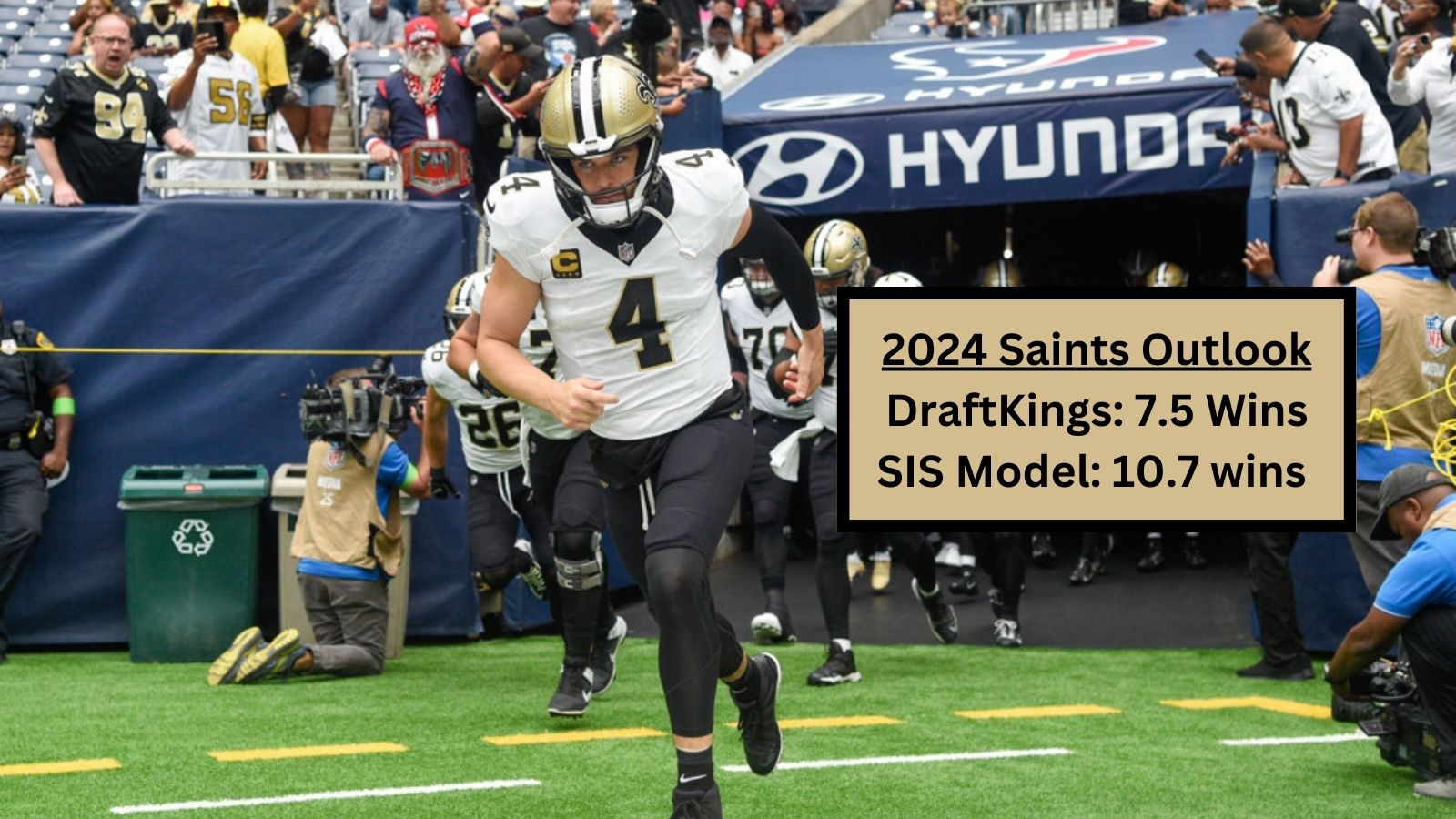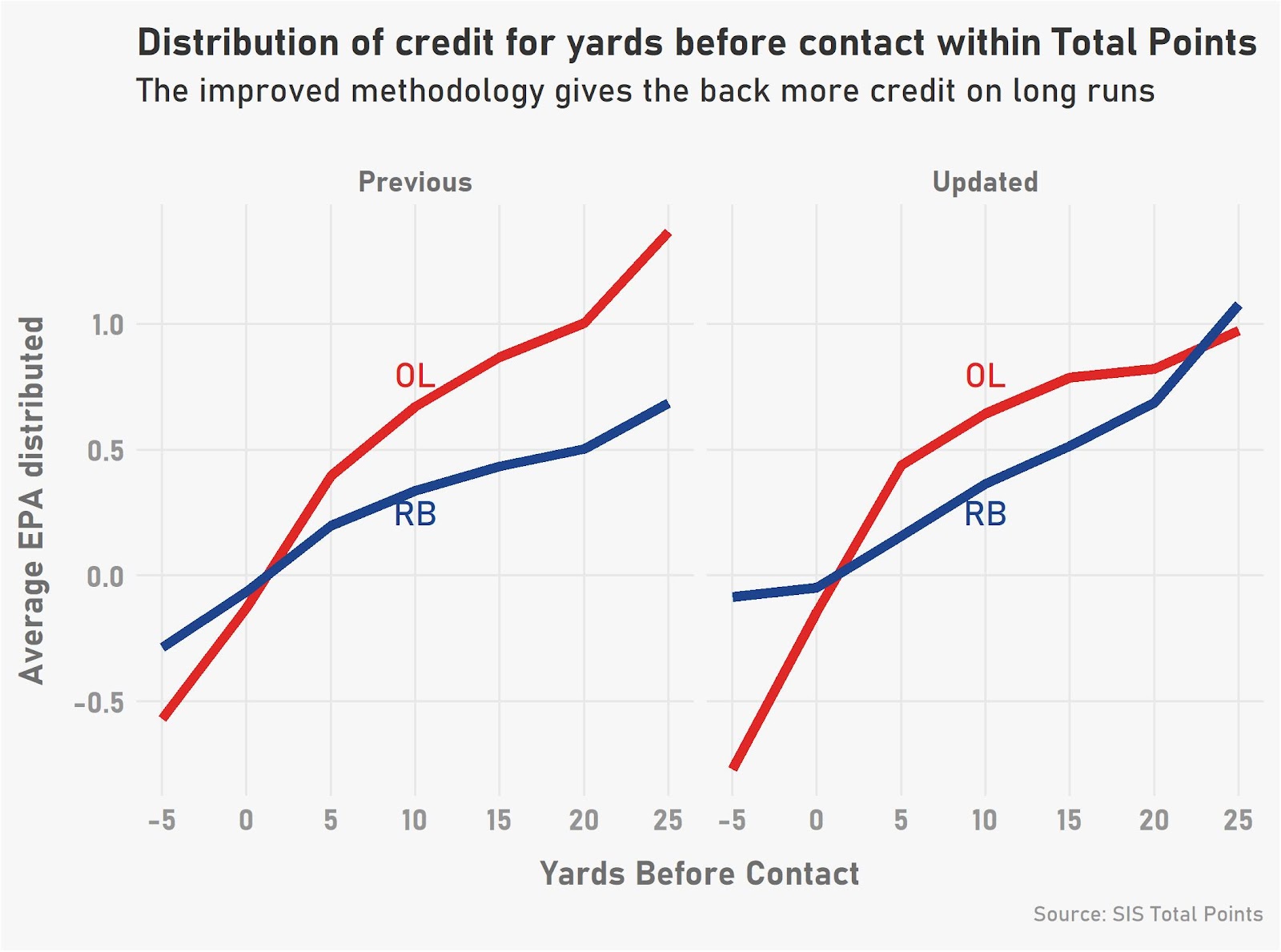BY ALEX VIGDERMAN AND BRYCE ROSSLER
In what is inarguably one of the most surprising collapses in NFL history, the Eagles are out of the 2023 playoffs. They had gone 26-5 since the start of 2022, and then finished the 2023 season losing six of seven games. Jason Kelce is apparently retiring, Nick Sirianni is on the hot seat apparently. It’s all bad.
For a team with this one’s preseason and midseason expectations, the loss to the Buccaneers is a major disappointment. But throughout the season the Eagles had shown themselves to be a shadow of their 2022 selves, so it’s not entirely surprising.
Looking just at the per-game scoring differential, the Eagles had led the league in 2022 (including the playoffs), while they were only seventh through their 10-1 start to 2023. And remember, that included consecutive wins against the Chiefs, Bills, and Cowboys at the end of that stretch.
After that point, Philly posted the second-worst per-game point differential in the NFL (including their loss a couple days ago).
And that doesn’t tell the whole story, because their opponents were also notably worse in this stretch than they’d faced prior. Per the team strength model that SIS uses within its win probability model, their poor performance came against substantially worse opponents than their previous ones.
| Time Frame | Record | Point Diff Rank | Strength of Schedule |
| 2022 (All) | 16-4 | 1st | 7th |
| 2023 (Through W12) | 10-1 | 7th | 7th |
| 2023 (W13 and on) | 1-6 | 31st | 22nd |
But even before the crash the team wasn’t exactly running on all cylinders, as a 10-1 start might suggest. By Total Points per play they ranked outside the 10 best teams, ranking 9th on offense and 16th on defense. Heck, the 5-6 Falcons were better than the Eagles in Total Points Per Play to that point in the season.
Through the rest of the 2023 season, the Eagles lost their edge on defense while maintaining solid (if slightly disappointing) offense.
| Time Frame | Offense Rank | Defense Rank |
| 2022 (All) | 2nd | 5th |
| 2023 (Through W12) | 9th | 16th |
| 2023 (W13 and on) | 10th | 29th |
With that setting the scene, let’s take a look at some of the key failings of the 2023 version.
Dropping the opposing quarterback
Perhaps the most noticeable difference between these consecutive Eagles seasons is the performance of the pass rush. They pressured the quarterback at nearly identical rates (36% and 35%), but in 2023 the sacks didn’t come nearly as often (6% in 2023 compared to 11% in 2022).
That’s just straight up regression that anyone could have seen coming. The 2022 Eagles led the NFL with 29% of pressures becoming a sack, a rate that only one team in the last several seasons has gotten close to (the 2021 Bears). In the seasons surrounding those seasons, neither of those top teams achieved even a 20% rate. Even with the addition of Defensive Rookie of the Year candidate Jalen Carter, they weren’t going to retain that production.
Big holes in the middle of the field
It turns out that acquiring a big-name player that had been released midseason isn’t a slam-dunk move. The Shaquille Leonard addition didn’t help a linebacker group that ended the season with both starting linebackers in the bottom quintile on a per-play basis by Total Points.
With those limitations and the loss of slot corner Avonte Maddox for most of the year, the Eagles allowed 24% of 15-yard or shorter throws between the numbers to go for a big EPA gain, which was the sixth-worst rate in the league. These underneath defenders were very visible on Monday (in a bad way), and while they didn’t yield monster plays over the middle, they were beaten consistently to the tune of 8.3 Y/A.
RP-Oh-No
For years the Eagles’ offensive calling card has been the RPO game. It was the crutch that supported Nick Foles’ outstanding 2017 playoff run.
In 2022 the Eagles gained almost a quarter of an Expected Point per play on RPOs. That was the best SIS has charted (since 2018). In 2023, they were almost exactly league average.
This drop-off drove the overall offensive downturn in both the passing and running game.
| RPO | No RPO | |
| 2022 | 59% | 43% |
| 2023 | 49% | 45% |
Eagles RPO Success Rate in the running game
| RPO | No RPO | |
| 2022 | 52% | 48% |
| 2023 | 45% | 46% |
A limited Jalen Hurts capped their upside
Jalen Hurts was famously successful on quarterback sneaks this year. He had 12 more first downs on sneaks than any other quarterback had sneak attempts in 2023. And that resulted in a lot of successful drives that other teams wouldn’t have had.
But especially with a nagging knee injury, his designed runs outside of those sneaks were dramatically less effective. He not only attempted 10 fewer designed runs, but he was stuffed for no gain or worse more than twice as often, and had one-quarter the broken and missed tackles per attempt.
Going back to the RPO point, Hurts struggled with quick-game accuracy. He ranked 8th in On-Target Rate on RPOs and 1-step drops in 2022 and 24th in 2023 (minimum 50 attempts). And there wasn’t a similar fall-off on deeper drops, for what it’s worth.
With a simplified offensive scheme and an RPO-heavy approach, you need the skill position players to be elite and/or the quarterback to be precise to be a top offense. The Eagles had only one of those things this year.
How do they look going forward?
The Eagles can’t confidently run it back and say they just suffered from weird variance in the second half. They were a good-not-great team when they were running well.
There have to be changes made on the defensive side to shore up an extremely leaky unit from the end of the year. They will have to grapple with questions in the secondary and at linebacker, with aging cornerbacks on the outside and an extremely flawed interior. It’ll be another offseason talking about the impending departure of Fletcher Cox and Brandon Graham, who each flashed but generally had down years (understandably for old fogeys).
The offense has the talent to be a top-five unit and should with little effort be a Top 10 unit provided Hurts is healthier and the offensive line can coalesce without All-Pro (and Total Points leader) Jason Kelce. But it’s clear at this point that the quarterback isn’t an MVP candidate without dynamic athleticism, so the scheme needs to elevate him as much as he elevates the offense.



